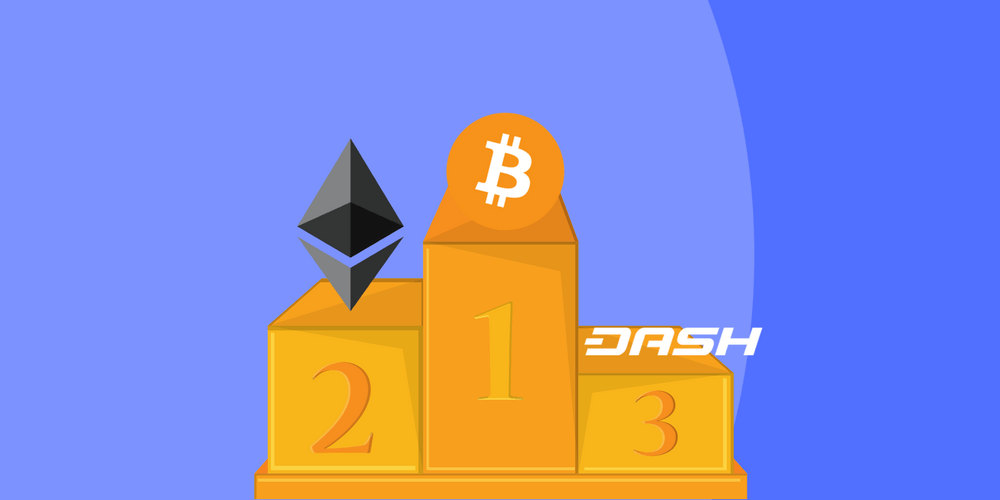
Everyone has been watching the bitcoin price in the aftermath of the SEC’s decision to not allow the creation of a bitcoin ETF, but most of the real action has been taking place in the altcoin market. While the Bitcoin Dominance Index (BDI) was closing in on 90 percent at the start of the new year, it briefly crashed below the 80 percent mark on Monday.
The BDI is bitcoin’s share of the overall cryptocurrency market. So far this year, the BDI has mostly held steady above the 85 percent mark. This recent downtrend has really only picked up steam over the past few days.
Ethereum and Dash are on the Rise
The two biggest movers in the altcoin market in the month of March have been Ethereum (ETH) and Dash. ETH is up roughly 65 percent in terms of bitcoin since the first of March, while Dash is up more than 120 percent over the same timeframe.
At current prices, ETH needs another 46 percent increase to reach its bitcoin-denominated all-time high from before a flaw in The DAO was exploited. Ethereum Classic (ETC), which appeared in the aftermath of the hard fork related to The DAO, has dropped to all-time lows when compared to ETH. A hard cap on the supply of ETC was recently announced, and Grayscale Investments, who are behind the Bitcoin Investment Trust, are working on a similar investment vehicle for ETC.
It’s unclear what has led to the recent price rises in ETH and Dash. One possible culprit is the relatively high transaction fees on the bitcoin network; however, it’s unclear whether this will open the door for any meaningful altcoin adoption.
A Rising Tide Raises All Ships
It should be noted that much of the speculation in the altcoin market could be due to the increase in the bitcoin exchange rate in terms of US dollars. Altcoins also reached high valuations the first time bitcoin crossed the $1,000 mark back in late 2013. Back then, it was Peercoin and Mastercoin (now Omni) reaching market caps of over $100 million. Litecoin also peaked at a market cap of over $1 billion.
Monero was the main bright spot in the altcoin market last year after gaining acceptance on Alphabay, but the privacy-focused altcoin has been mostly down in 2017. It only recently regained its price level from the beginning of the year over the past few days.
If altcoins were going to be used for small value payments due to bitcoin’s high fees, then Litecoin would be another obvious option. Ironically, the “silver to bitcoin’s gold” is down around 25 percent against bitcoin year-to-date.
What Happens Next?
It’s difficult to predict what will happen next in the altcoin market. These small markets (relative to bitcoin) are almost entirely speculative, and it’s hard to find any rhyme or reason behind the price movements.
Some will point to bitcoin’s high transaction fees as the driving force behind the recent trends in the altcoin market, but more evidence needs to be gathered before this can be viewed as fact. As Bitpay CEO Stephen Pair recently wrote, users may decide to stick with centralized bitcoin institutions, which may become more decentralized with future developments, rather than switch to an altcoin.

